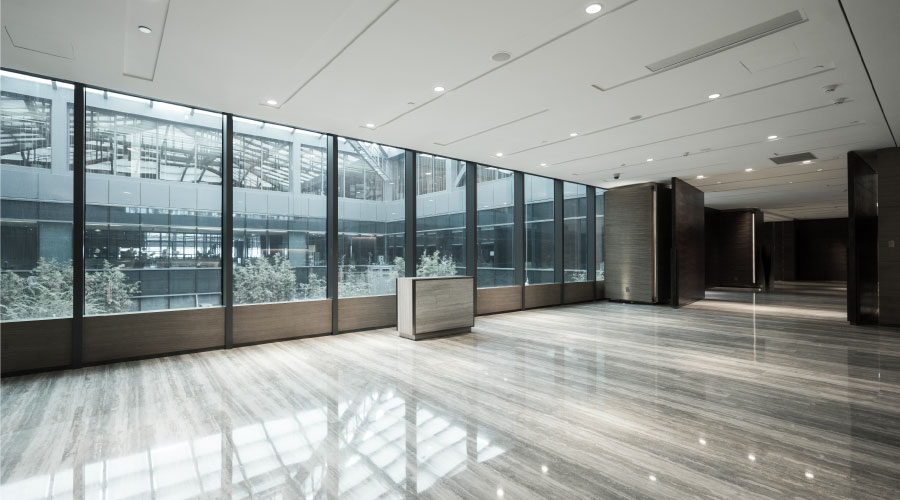To Help Healthcare Floorcoverings Meet Extreme Tests, Start With Good Substrate
Floorcoverings in healthcare facilities must meet extreme tests, since they are challenged far beyond normal commercial conditions and traffic loads. Healthcare facilities deal with myriad chemical substances, from administered medicines to testing lab chemicals, food and beverages, and human biologicals. No other facility with flooring has to stand up to these materials nor are the cleaning procedures and agents used as intense or varied.
What's more, healthcare facilities are often 24/7 operations with constant traffic and intensified maintenance service. This certainly is the case for more critical care facilities such as hospitals, nursing homes, and the like.
Every flooring material made is employed to some extent in healthcare facilities. Many factors have to be taken into consideration to ensure the correct flooring material is specified and installed properly and maintained adequately in a healthcare facility. Any compromise in these areas can mean an imminent failure or a flooring material in effect being sabotaged because it could not perform the task expected of it.
Here are four categories of material considerations that every facility manager should be aware of.
1. Substrates. The first thing to consider in a new or old facility is the substrate. It is critical that the substrate, which is almost always concrete, be in a condition to accept the installation of flooring. It must be clean, dry, and free of contaminants and bond-breaking chemicals. A newly poured slab must not have any silicate-based moisture mitigation system applied topically or added to the concrete mix. These products will prevent the adhesion of flooring materials and are not effective moisture mitigation chemicals.
In an older building, if an asbestos abatement is conducted for removal of old asbestos-containing flooring tiles and adhesive, the process must ensure that the solvent and surfactants used in the abatement process are completely purged from the substrate. The chemicals used in abatement can prevent new flooring from being installed and the fix will be highly invasive and extremely expensive. If an ethyl ether product is used in abatement, it will be virtually impossible to get anything to adhere to the substrate.
When it comes to abatement of asbestos-containing flooring materials, there are a lot of false claims being bandied about, which have no basis in fact or science. One of those false claims is that asbestos flooring is not dangerous, nor will it harm anyone. In reality, there is a risk that, during removal, it may become friable, that is, respirable. Make sure you know what's being done and how, if you're going to embark on asbestos abatement involving flooring materials.
Most Common Flooring Problems In Healthcare
The most commonly occurring flooring failures and problems in healthcare are:
- The wrong flooring in the wrong place.
- Substrate problems, particularly moisture. Moisture is especially critical with sheet vinyl and rubber.
- Poor cleaning procedures, especially over-wetting when cleaning.
- The wrong cleaning chemicals being used.
Related Topics:













